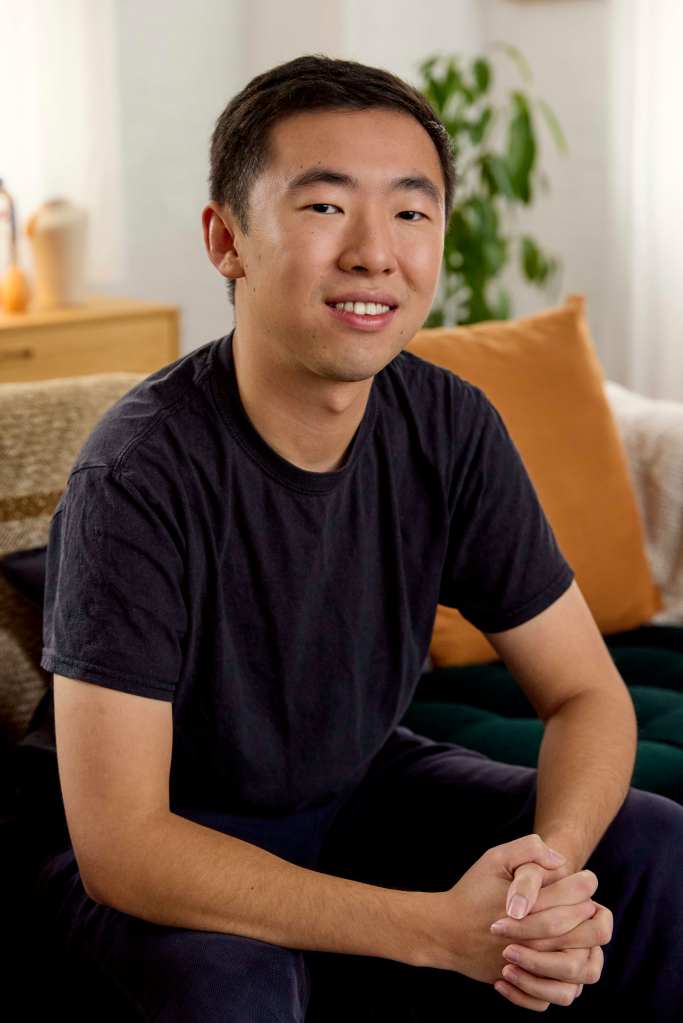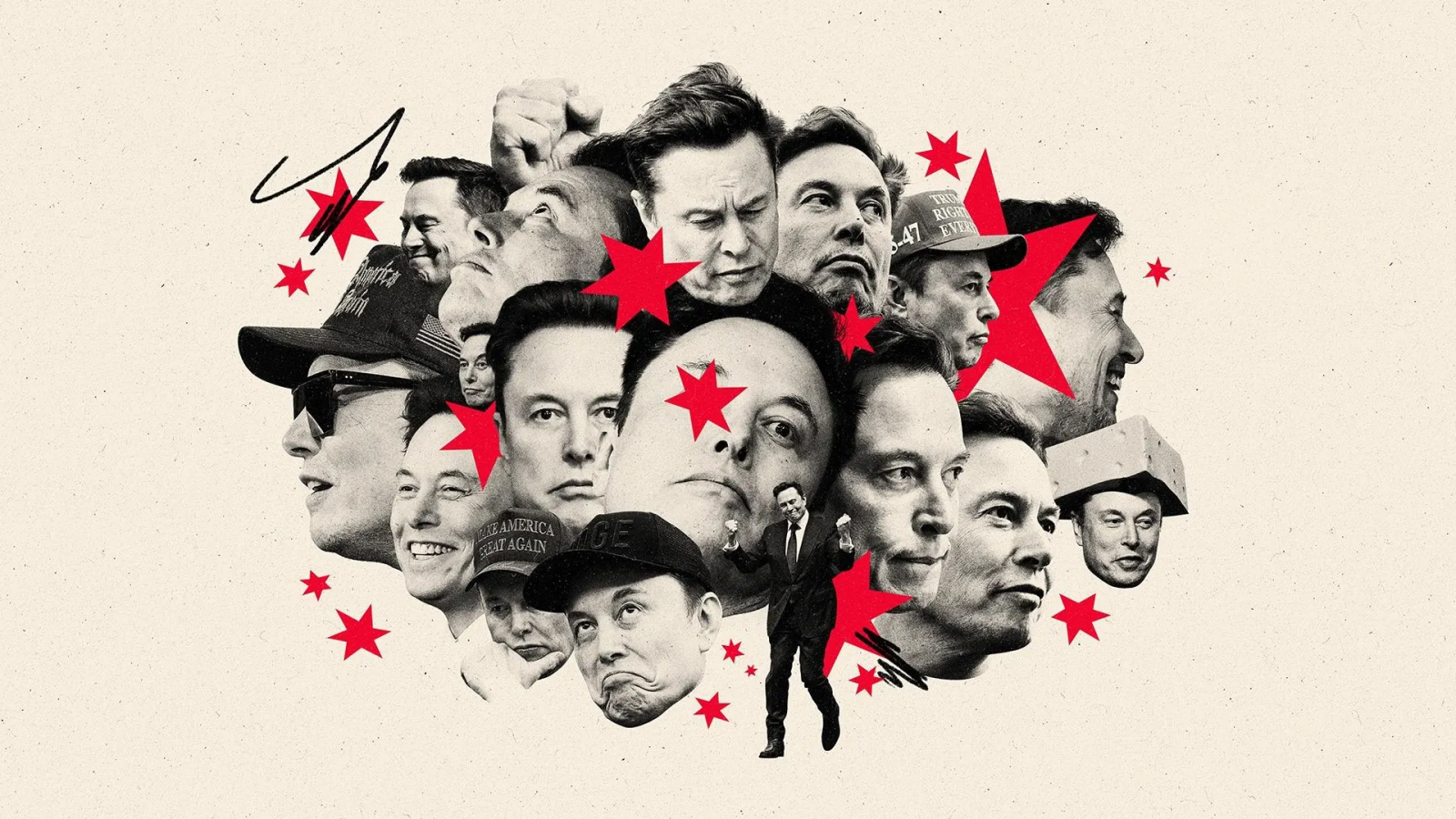In June, Canva and Google teamed up to bring Veo 3’s AI-generated audio and improved video to the Canva Pro masses. We got a demo of what the gen-AI tool can do.
Canva’s push into the enterprise market is paying off in a big way. Enterprise sales have doubled year-over-year, COO Cliff Obrecht announced at the recent Google Cloud Summit in Sydney. Annual recurring revenue is now US$3.3 billion, up 43 per cent from US$2.2 billion in Q2 2024.
The tech giant has long been on a rapid growth trajectory toward IPO. But like many successful scaleups, AI is supercharging its ascent.
Video is a key component of the Australian juggernaut’s AI strategy, says Canva’s head of AI, Danny Wu.
“Video is one of the fastest growing segments on Canva, and something that we are deeply investing in,” Wu tells Forbes Australia.
Of course, making video sing, so to speak, requires proficient use of audio. And up until now, AI-generated video hasn’t delivered on that front.
“Veo 3 is the first model with good audio that is synced and in tune with the video clips,” Wu says. “We have integrated AI video creation for two years, but Veo 3 is unique in the quality of the outputs and that it comes with sound.”
Putting Veo 3 to the Canva test
Wu is giving me a demonstration of Canva’s new AI video generation tool via Google Meet. He asks what scene I would like to bring to life. Thinking about how I like to spend my downtime, I ask the if he can conjure up some horses running through the Victorian high country.
“One of the things that Canva allows is to customise the style. Let’s go for something very cinematic,” Wu says while typing prompts into his keyboard. “And in terms of lighting, golden hour. Galloping through the country with the Victorian Australia countryside – and let’s add beautiful vistas in the background.”

“It’s not really a video without audio,” Wu says, proudly anticipating the outcome. “And this is a very advanced and powerful model, so generation currently takes just one or two minutes.”
While Canva is deep in-AI-generation-thought creating our eight-second video, the conversation with Wu turns to the engineering brains behind the audio and video advancements.
“Much of the journey of AI revolution, like the transformers that spawned LLMs, came from Google researchers,” says Wu. “Google and DeepMind have an incredible history in advancing AI and the journey of machine learning over many, many years. We at Canva are one of the first platforms globally to offer this advanced Veo 3 model.”
I ask him how much input Canva had into its development.
“We have been testing it with Google during the pre-release process, sharing our feedback about what elements of the model have worked well, and what parts of the model needed improvement,” says Wu.
One thing that will continue to be refined, is the amount of time needed to ‘deliver’ a user’s prompt. The results are already pretty quick, I discover.
Fewer than two minutes after giving the bucolic equine prompts, Wu returns to his screen and presses play on the AI-generated video. As promised, it is cinematic, the countryside vistas are beautiful, and thoroughbred hoofs make their magnificent sound thumping the dirt. The audio, he notes, was not specifically requested, but the LLM delivered what it thought would best fit the scene.
This clip needs kangaroos in the background, Wu tells me, and why not make it three horses instead of just two. I couldn’t agree more.
“What AI generation – across all features – is really good at, is iteration. So, if this isn’t exactly what you’re looking for, you can say ‘make it a similar clip, but please make it black and white, like a vintage film,'” he says.
We agree that this particular video would be best experienced in colour, but that the kangaroos and additional horse are a must. The prompts go in and within a minute, the second version is ready. It is equally impressive.
Thinking through the potential applications of what I’ve just been shown, I ask Wu who retains copyright on what we have created.
“You can use everything created on Canva AI, including video, for commercial purposes,” Wu explains helpfully. “Between you, as the customer, and Canva, you retain all rights to it. So you can use it commercially.”
In essence, Google built the technology, Canva is delivering it to the end user in an easy-to-use package, and Pro customers retain the rights to it as part of their subscription benefits.
The tech behind the video: Google’s Veo 3
Jason Gelman is a director of product management in Google’s New York office. He has been working with Wu on iterating the Veo 3 offering.
“It creates fluid, natural videos that synchronise video with audio and dialogue in a single pass, and makes it easy to capture creative nuances and detailed scene interactions in your prompt,” Gelman says of the third version of Veo.
Canva is using Veo 3 on Google Cloud’s AI platform – Vertex AI – but the product is now also available to non-Canva users through Google platforms, and is finding traction globally.
According to the company, 70 million videos have been created since May when Veo 3 was first made available, and nearly 50 million seconds of video have been created on Vertex AI since June.
Protections for the prompter
Being used so widely, it was important to build safeguards like digital watermarking and safety filters into Veo 3, Gelman says. The content generated in alignment with the safety filters is covered by Google’s Gen AI indemnity – a promise from the $3.5 trillion tech company that if a gen AI user is “challenged on copyright grounds,” Google will assume responsibility for the potential legal risks.
Canva has built-in protections, too. Their ‘Shield’ promise indemnifies ‘eligible enterprise customers’ generating AI content using Magic Studio.
“In true Canva fashion, we’ve built this with an intuitive interface and simple editing tools in place, all backed by Canva Shield,” Canva CTO Cameron Adams said when the Veo 3 Canva AI collaboration was announced. “[It’s] a genuine step-change for creativity.”
Look back on the week that was with hand-picked articles from Australia and around the world. Sign up to the Forbes Australia newsletter here or become a member here.


